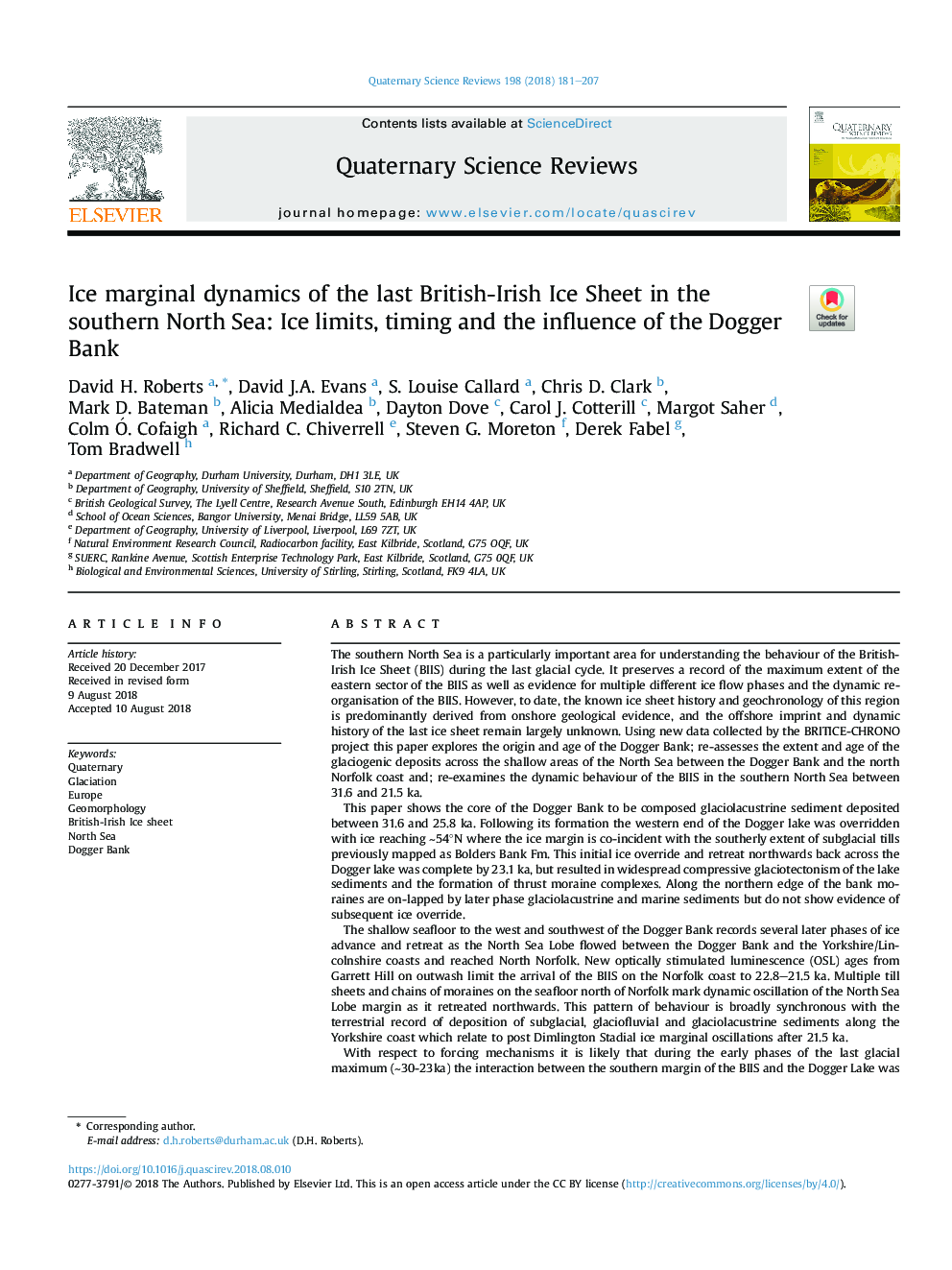| Article ID | Journal | Published Year | Pages | File Type |
|---|---|---|---|---|
| 10149881 | Quaternary Science Reviews | 2018 | 27 Pages |
Abstract
With respect to forcing mechanisms it is likely that during the early phases of the last glacial maximum (â¼30-23ka) the interaction between the southern margin of the BIIS and the Dogger Lake was critical in influencing flow instability and rapid ice advance and retreat. However, during the latter part of the last glacial maximum (22-21 ka) late-phase ice advance in the southern North Sea became restricted to the western side of the Dogger Bank which was a substantial topographic feature by this time. This topographic confinement, in addition to decoupling of the BIIS and the Fennoscandian Ice Sheet (FIS) further north, enabled ice to reach the north Norfolk coast, overprinting the seabed with late-phase tills of the Bolders Bank Fm.
Related Topics
Physical Sciences and Engineering
Earth and Planetary Sciences
Geology
Authors
David H. Roberts, David J.A. Evans, S. Louise Callard, Chris D. Clark, Mark D. Bateman, Alicia Medialdea, Dayton Dove, Carol J. Cotterill, Margot Saher, Colm Ã. Cofaigh, Richard C. Chiverrell, Steven G. Moreton, Derek Fabel, Tom Bradwell,
